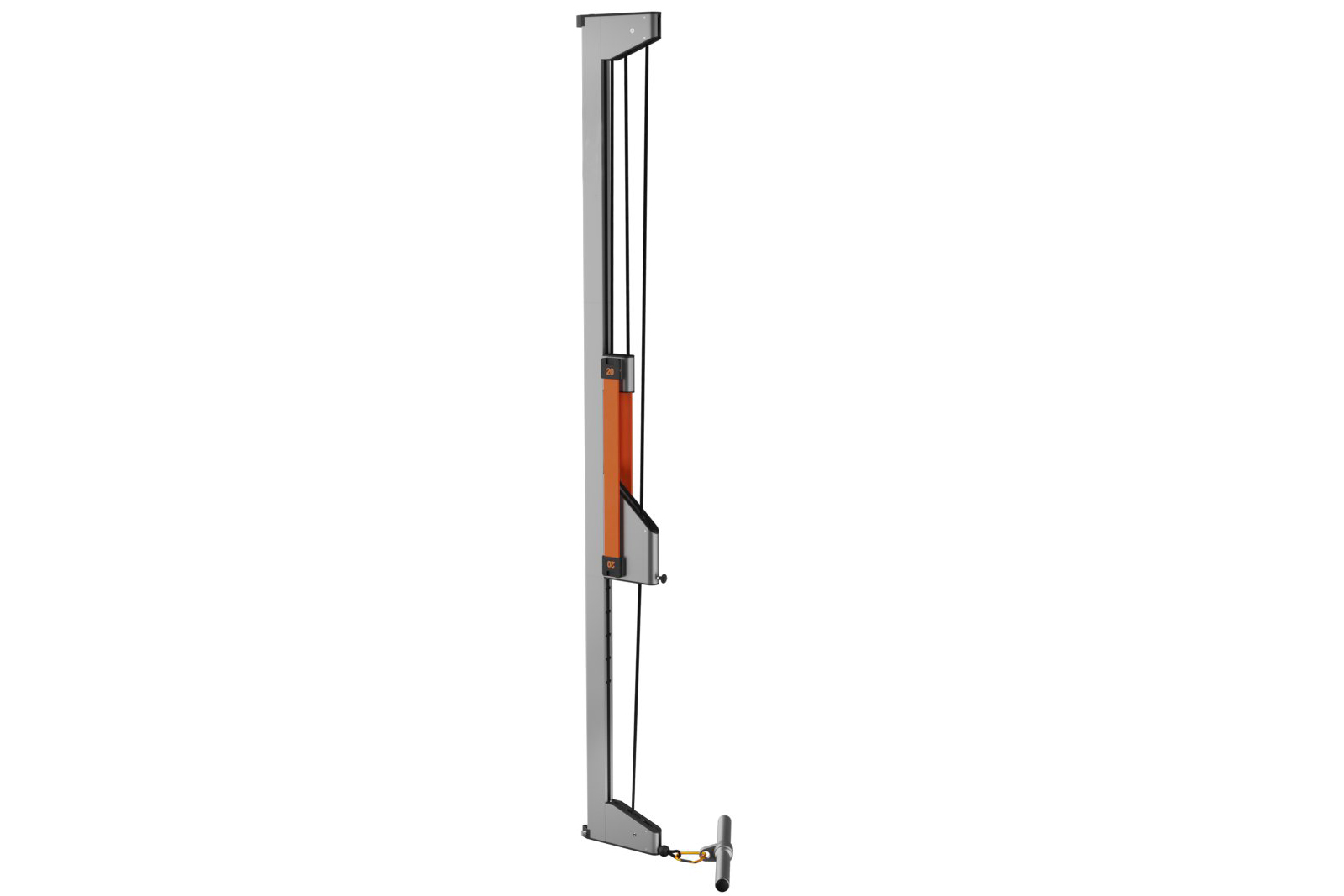If the cost and culture of a traditional gym turn you off from a regular fitness regimen, the TUT Tower Trainer may be exactly what you need to get in gear.
Even if you’re anti-gym membership, shopping for a home gym can conjure up its own collection of anxiety and seemingly unconquerable challenges. Prices can soar well over $1,000, setups require hours of time, and the finished product can take up its own entire room.
TUT Fitness tackles each of these hurdles in designing the Tower Trainer — a space-efficient home workout system that sets up in minutes and costs less than $800. If you’re on a budget, tight on space, or just not into clanging iron, this might be the solution you’ve been waiting for. We tried one out to see for ourselves.
In short: The TUT Tower Trainer reduces cost, hassle, and space in one fell swoop by replacing traditional weights with a series of resistance bands. These color-coded bands offer varying levels of resistance and are easy to add, remove, and change.
They also require almost zero real estate to store, adding to the simplicity of the already svelte Tower system. If you have a doorway, you can set up (and take down) the TUT Tower Trainer with ease. Overall, it’s a solid option for beginning muscle-builders looking to step into a regular fitness routine.
TUT Tower Trainer: First Look Review
TUT Tower Trainer
- Cost: $795
- Weight: 11.6 lbs.
- Includes: Curl bar, ankle straps (x2), single handles (x2), 150 lbs. of resistance bands (6 x 20 lbs., 2 x 10 lbs., 2 x 5 lbs.)
- Installs options: Wall mounts (included), door clamps (sold separately)

Setup
The primary caveat to the TUT Tower Trainer is that it will have more value for those whose fitness and strength-training goals are less intense and more lifestyle-oriented than those who truly want to build big muscles. For that, pumping iron still reigns supreme.
We received a sample TUT Tower Trainer and — to be honest — put off setting it up. The assumption was that it would require at least an afternoon of unpacking and a healthy dose of pinched fingers and cursing. But one of TUT’s main selling points was its easy install — a claim that proved true.
There are two options for installation — mounting into wall studs or clamping to a doorway. For our test, we used the door clamps, which TUT sells separately. If ease is your number one requirement, we highly recommend this installation.
Two clamps pinch your doorway, one up high and one low, and the entire tower system slides right onto them. Presto!
The tower itself comprises two sections that screw together with a couple of screws. All that’s left is to attach the “power bar,” the handlebar that serves as the primary lifting mechanism. This also installs quickly with a single screw.
Resistance Bands











